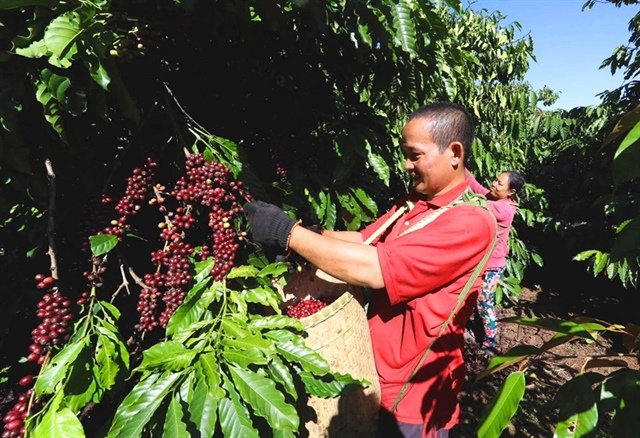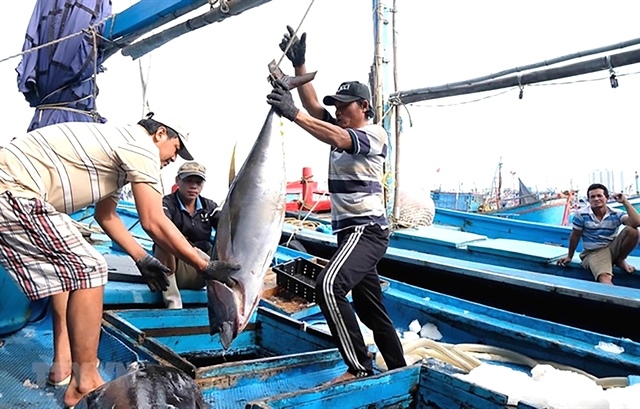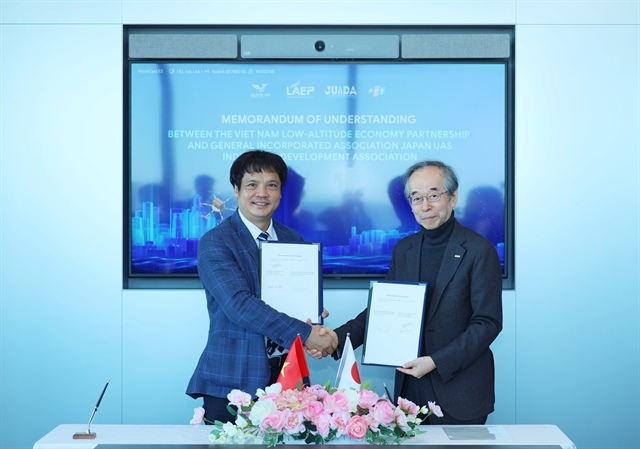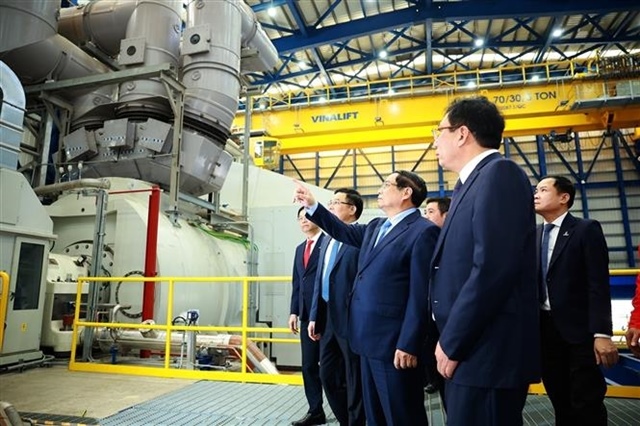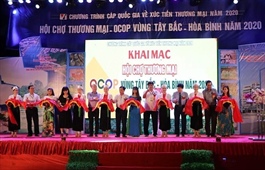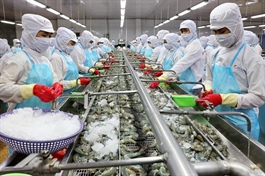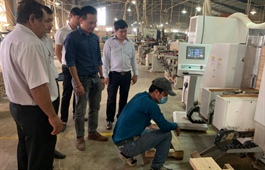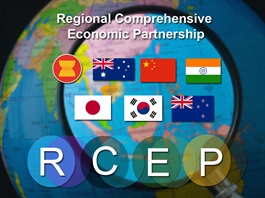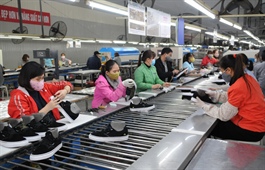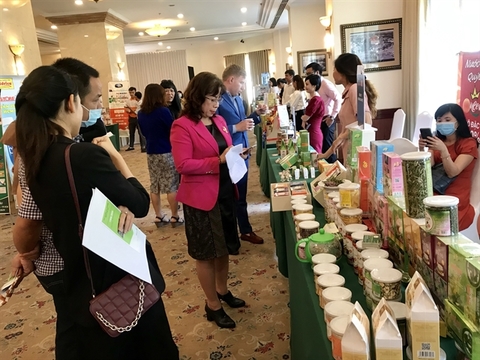Steps needed to restructure leather, footwear industries
Steps needed to restructure leather, footwear industries
Leather and footwear manufacturers must take the initiative in restructuring production and invest in machinery to improve product quality and enhance export capability if they are to take advantage of Vietnam’s free trade agreements.
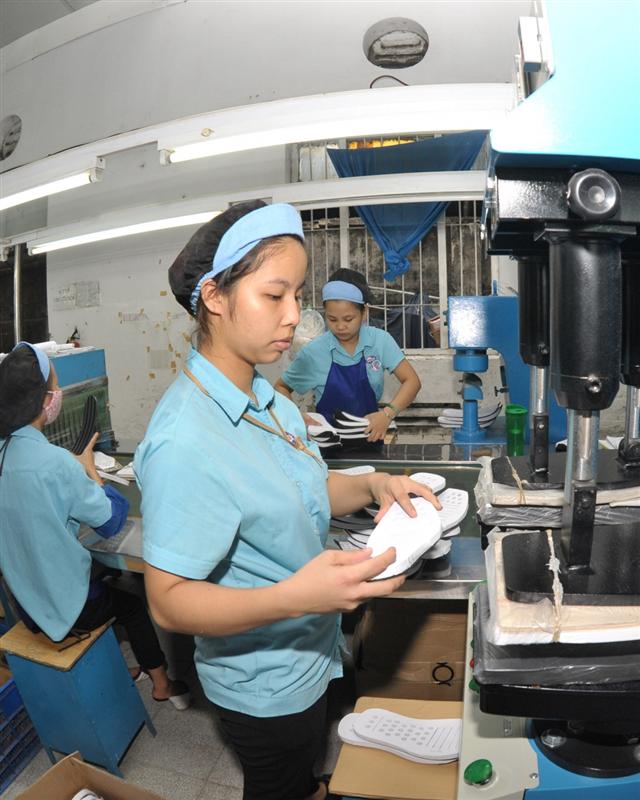
Leather and footwear exports will have a hard time reaching 2020 targets
|
Export target out of reach
According to the Ministry of Industry and Trade, the production index of leather and related products in September 2020 grew 4.5 percent compared with August but decreased by 0.4 percent compared with September 2019. In the first nine months, the index declined by 3.8 percent compared with the same period last year. The nine-month export value of footwear reached an estimated US$12.08 billion, a year-on-year decrease of 8.8 percent.
Phan Thi Thanh Xuan, Vice President of the Vietnam Leather, Footwear and Handbag Association, said the leather and footwear sector has been adversely affected by the Covid-19 pandemic. Given the production and export results of the first nine months, it is predicted that the sector will be unable to achieve its US$24 billion export target set for 2020.
Xuan explained that in the first nine months, major importers of Vietnamese footwear, such as the US, China, Japan, Belgium and Germany, reduced imports by about 10 percent compared with the same period last year. China, which accounts for 12 percent of total export value of Vietnamese footwear and handbags, reduced imports by more than 19 percent. Imports by Belgium were down 17 percent; Japan down two percent; and Germany down more than 10 percent.
Domestic businesses are capable of manufacturing more than 1.1 billion pairs of shoes and nearly 400 million knapsacks and handbags annually. Due to export order declines, they have had to temporarily stop or reduce production because the domestic market cannot sell all their products. Many companies have chosen to increase sales in the domestic market but did not achieve satisfactory results because the supply capability of the entire sector (more than 1,700 companies) exceeds market demand.
Policy impetus required
|
According to Phan Thi Thanh Xuan, by the early fourth quarter of 2020, more than 50 percent of production material imports from China and Singapore had been recovered, but domestic firms remained short of export orders from major markets such as the US and the EU. The leather and footwear sector is forecast to meet further sales difficulties from now to yearend and depend on the pandemic control situation in its major export markets.
Many businesses expect the EU-Vietnam Free Trade Agreement (EVFTA) that took effect on August 1 will bring export opportunities. But in fact, it’s not easy to take advantage of the trade pact to increase exports. Currently, 85 percent of companies in the leather, footwear and handbag sector are small and medium in size with limitations in terms of capital and technology. They depend heavily on production material imports from China. Moreover, the linkage between businesses in this sector remains loose.
Nguyen Tri Kien, Director of the Minh Tien Garment Handbag Company Limited, said meeting international standards is the biggest challenge for domestic firms.
“Businesses expect the State will support them through policies such as corporate income tax exemptions, interest rate subsidies, reduction of land rent and logistic costs, along with effective trade promotion activities,” Kien said.
Le Huy Tien, Director of the Huy Hoang Footwear Production Company Limited, said to enhance their competitiveness, businesses need to pay greater attention to increasing product value and take the initiative in making necessary changes to meet market demand.
| According to the Ministry of Industry and Trade, to make the most of EVFTA opportunities, leather and footwear businesses need to improve production equipment and minimize their dependence on material imports in order to meet Vietnam’s commitments and enhance their global competitiveness. |



